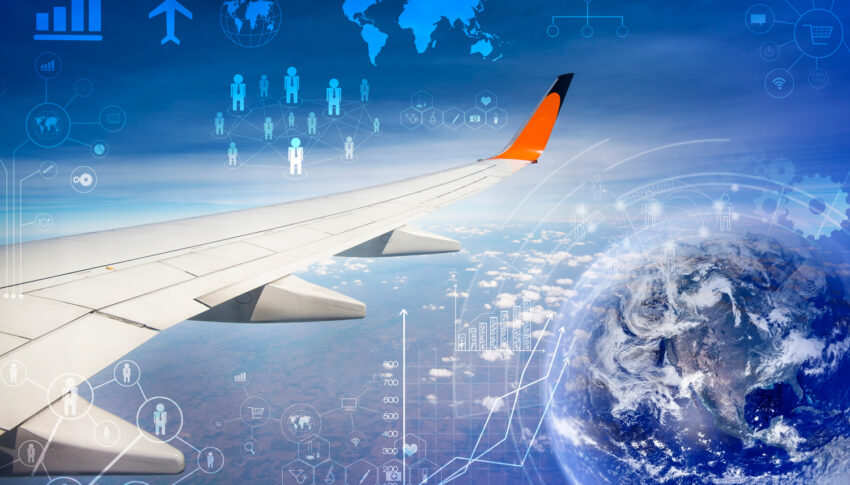Technology-driven sustainability efforts show much promise in aviation’s decarbonisation drive, yet tech stacks here face key questions of data ownership, integration — and how to incorporate AI into the mix. We sat down for a wide-ranging discussion to learn more with Lukas Kaestner, chief development officer at Hamburg’s aviation technology center ZAL and cofounder of the Sustainable Aero Lab, who has a unique perspective from both organisations.
For the most part, Kaestner tells us, sustainability startups are “selling the software as a service [often abbreviated as aaS]. As you see in many other industries as well, you move away from owning software to a subscription service where you use the software and pay a yearly or monthly fee for that. This is what we see in a lot of the companies that we work with right now as their business model.”
There are, of course, fundamental questions about as-a-Service provisions and data ownership. Here, Kaestner says, “my feeling is that this has not been answered completely yet. Everybody, I think, wants to have or retain some ownership. But it’s also a question that everybody’s evolving around — it’s a lot of the discussion that is taking place. Eventually the best chance is to have the ownership be with the party who can make the most use of the data.”
This might well be at a software provider level: for example at a platform level like Lufthansa Technik’s AVIATAR. The amount of data and the diversity of airlines (and aircraft) involved add richness to the set here and create additional value for the company — and for its customers who contribute to that dataset part of the technology stack.
The benefits of applying new software (including AI) to this part of the stack, Kaestner says, would include “flight operations — at flight pre-planning, because of weather situations, contrail situations, traffic situations — to become more efficient, or just making use of the entire fleet data of an airline which has 150 A320s in the sky. The software can analyse — through the data that these aircraft are producing — how to optimise their operations or their passenger experience.”
A key trend is the evolving digital twin as a kind of side-stack for data use, enabling multiple mini-stacks to be built on multiple digital twins.
“Here at the ZAL in Hamburg, we have a DLR Institute, the Institute for Systems Architecture, which basically evolves around the theme of the digital twin,” Kaestner says. “It’s also something that the MROs are really, really looking into. If you go into the smaller scale companies, like startups that are offering specific software solutions, they basically work on a part of that digital twin, to keep and bring forward.”
A key question is how AI integrates with existing and new tech stacks.
“Right now,” Kaestner quips, “if you want to be a startup of any sorts, you have to say something about AI. It’s just the catchphrase of the year — or the years.” However, he notes, “if you look behind the curtain, so much of this is not AI.”
Indeed, a certain imprecision around the edges means that non-AI algorithms are often included here. Services that are largely just collating data and perhaps offering some real-time automated analysis can be transformed in terms of utility using AI software or tools.
“AI driven software for aviation is still kind of a niche, and this is why you’re seeing a lot of software in areas which are more targeted towards specific aspects of aviation industry, such as flight planning, contrails and making things more efficient,” Kaestner says. This includes, he notes, “the technologies that get us, for example, towards a hydrogen powered aircraft, whether it’s burning hydrogen, or whether it’s fuel cell propulsion.”



